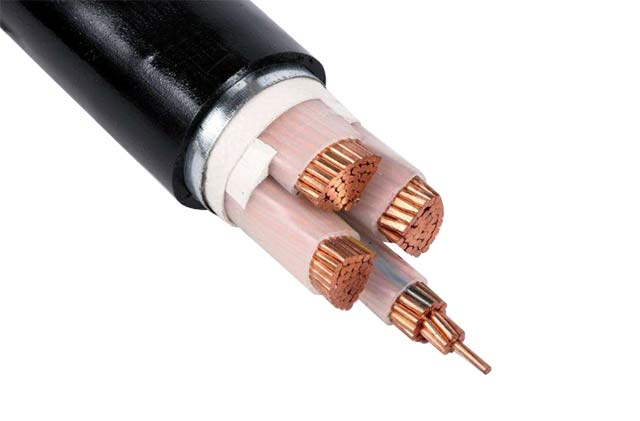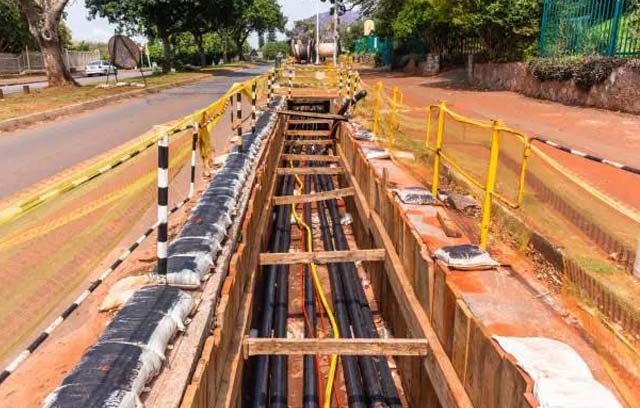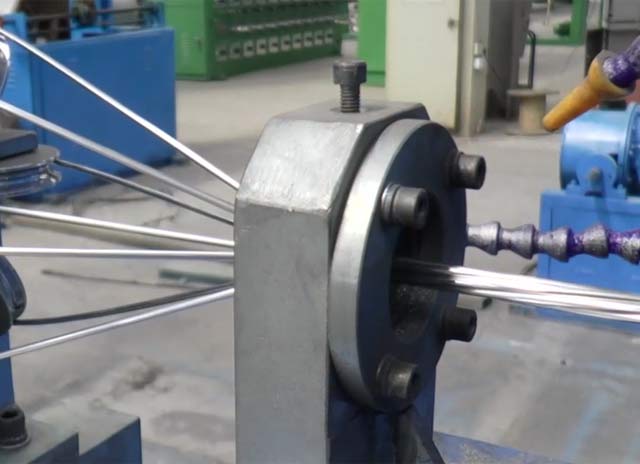What is armored cable?
Armored cable is made of conductors of different materials in insulated metal bushing, machined into a flexible solid assembly. Armored cable includes armored thermocouple, armored thermal resistance, armored heater and armored lead, mainly used in chemical industry, metallurgy, machinery manufacturing, power generation and scientific test temperature measurement, signal transmission and special heating, the largest use is armored thermocouple.

The role of cable armoring
1. Enhance the mechanical strength of the cable. The armored protective layer can be added to the cable of any structure to increase the mechanical strength of the cable and improve the anti-corrosion ability. It is a cable designed for areas that are vulnerable to mechanical damage and corrosion. It can be laid in any way, and it is more suitable for direct burial laying in rocky areas.
2. Beware of snakes, insects and mice biting the cable. The purpose of adding an armor layer is not only to enhance the mechanical protection such as tensile strength and compressive strength to prolong the service life; To cause power transmission problems through the armor, the bending radius of the armor should be large, and the armor layer can be grounded to protect the cable.

3. Commonly used armoring materials for anti-low frequency interference include steel strip, steel wire, aluminum strip, aluminum tube, etc. Among them, the steel strip and steel wire armor layer have high magnetic permeability and good magnetic shielding effect, and can be used for anti-low frequency interference , and can make the armored cable directly buried and avoid the need to pass through the pipe, and it is cheap and good in practical use. Stainless steel wire armored cables are used in shaft wells or steeply inclined roadways. Steel tape armored cables are used in horizontal roadways or gently inclined roadways.
The role of cable twisting
1. Enhanced bendability. Copper wires of different specifications and numbers are twisted together in a certain order and lay length to become a conductor with a larger diameter. A single copper wire with a larger diameter is softer, and the resulting wire has good bending performance and is not easy to break during the swing test. It is easier to meet the requirements for some wires that require softness (such as medical grade wires).

2. Prolong service life From the perspective of electrical performance: After the conductor is energized, it will generate heat due to the consumption of electrical energy by the resistance. As the temperature rises, it will affect the performance and life of the insulating layer and protective layer materials. In order to make the cable run efficiently, the cross-section of the conductor should be increased, but a single wire with a large cross-section is not easy to bend and has poor flexibility, which is very unfavorable for production, transportation, installation and laying. In terms of mechanical properties, flexibility and reliability are required, and multiple single wires are twisted together to solve the contradiction.


